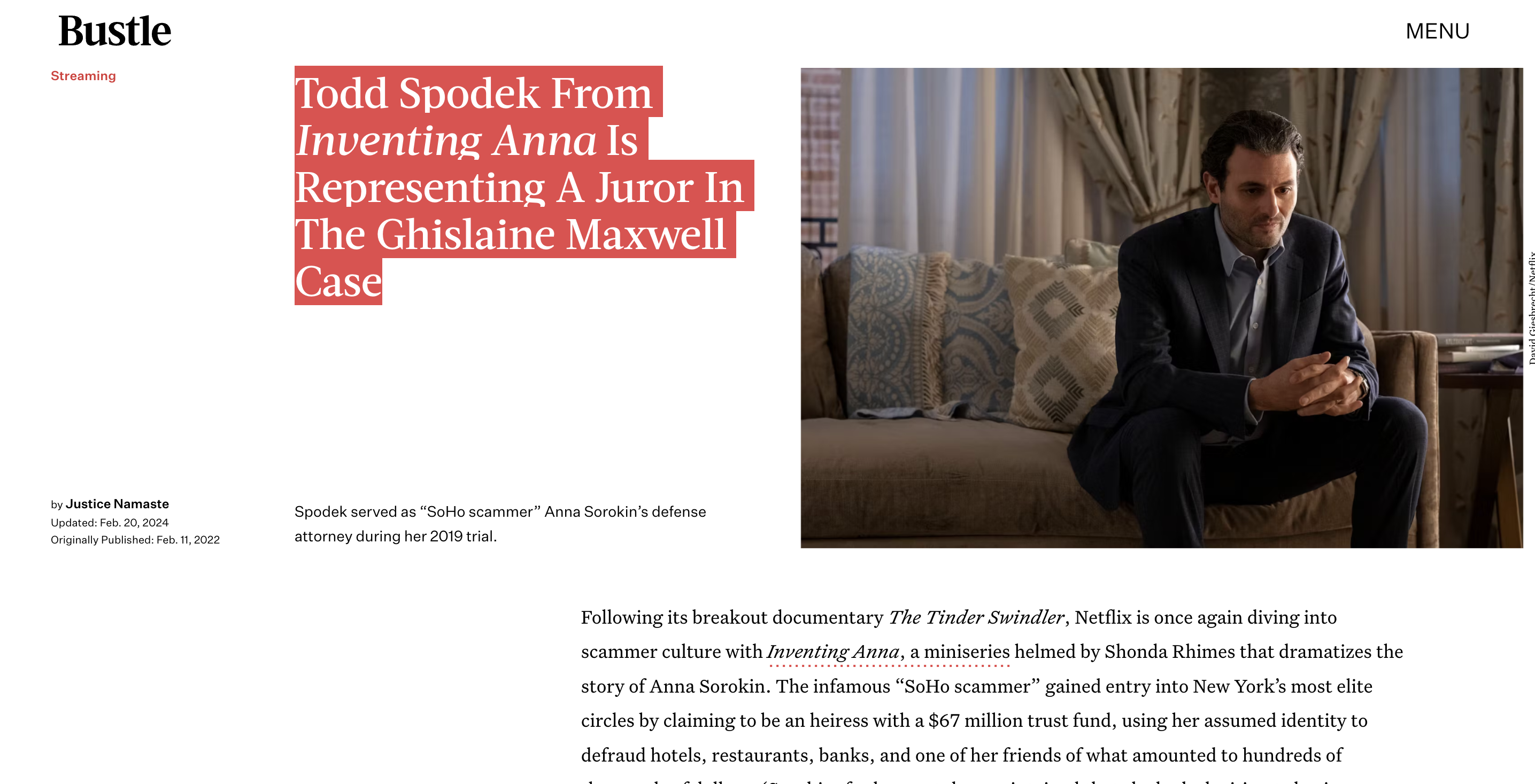18 U.S.C. § 2315 – Sale/receipt of stolen goods
Contents
18 U.S.C. § 2315 – Sale/Receipt of Stolen Goods: What You Need to Know
18 U.S.C. § 2315 is a federal law that makes it illegal to sell, receive, conceal, or dispose of stolen goods if they cross state lines or are worth over $5,000. This law is an important tool for prosecutors to go after people who traffic in stolen property. But what exactly does this law say, and how is it applied in real cases? This article will break it all down in simple terms.
The Basics of 18 U.S.C. § 2315
This law has a few key parts:
- It applies to “goods, wares, or merchandise, securities, or money” worth over $5,000
- The defendant has to know the goods were stolen
- The goods have to cross state lines or international borders after being stolen

So if someone buys a stolen car for $6,000, knows it’s hot, and drives it across state lines, they could be charged under this statute. The $5,000 threshold is important – for lower value goods, state laws usually apply instead.
Real World Examples
Prosecutors often use this law against people running large-scale fencing operations. For example, in U.S. v. McLellan[1], the defendants were convicted of buying stolen goods from shoplifting rings and reselling them on eBay. The goods were worth over $120,000, so 18 U.S.C. § 2315 applied. The defendants tried to argue they didn’t know the goods were stolen, but the jury didn’t buy it.
In another case, U.S. v. Lundy[2], the defendant was part of a group that stole trucks and construction equipment, moved them across state lines, and sold them for profit. He was convicted under this statute because he knew the goods were stolen and handled the sales. So even if you’re not the one doing the actual stealing, you can still be charged for dealing in stolen goods.
Key Defenses
For this crime, knowledge is a key element – the prosecution has to prove you knew the goods were stolen. So the main defense is attacking that knowledge element and claiming you didn’t know the true nature of the goods. This is what the defendants tried in the McLellan case above. Sometimes this defense works, but juries are often skeptical.
Another defense targets the $5,000 threshold. If the stolen goods are worth less than $5,000, then only state laws apply and defendants can try to get the federal charges dismissed. In U.S. v. Nall[3], the defendant succeeded with this defense when the goods were only worth around $3,000.
You can also argue the goods didn’t actually move across state lines. This geographic nexus is required for federal jurisdiction. If the goods stayed within the same state, the charges may have to be dropped. But this can be hard to prove if the goods passed through multiple hands.
Penalties Under the Law
If convicted under 18 U.S.C. § 2315, the penalties can be severe:
- Up to 10 years in federal prison
- Fines up to $250,000 for individuals or $500,000 for corporations
- Probation and restitution may also be ordered
Harsher penalties apply if the stolen goods include firearms, explosives, or drugs. Previous convictions can also increase sentences under the federal sentencing guidelines[4].
How Charges Usually Arise
These federal prosecutions often begin with investigations into local theft and fencing rings. Tips from informants may point to larger networks trafficking stolen goods across state lines. Law enforcement will then go undercover to infiltrate the criminal operation.
Surveillance, wiretaps, and sting operations are common methods used to build evidence. Tracing and recovering stolen property are also important to prove the $5,000 threshold and interstate element. With solid evidence, prosecutors can then pursue charges under 18 U.S.C. § 2315.
Recent Trends and Issues
With the rise of e-commerce platforms like eBay, Amazon, and Craigslist, more fencing activity has moved online. Criminals can now easily sell stolen goods anonymously to buyers nationwide. This poses challenges for law enforcement and prosecutors.
In response, agencies are beefing up their cyber investigation units. Undercover agents monitor online marketplaces looking for suspicious sellers. Building cases is now more complex, often requiring warrants for user data and digital forensics. But the basic elements of 18 U.S.C. § 2315 are still there.
Another issue is that the $5,000 threshold has not increased since the 1960s. Some argue it is outdated and too low, allowing more minor crimes to be charged federally. There have been proposals[5] to raise it to $25,000, but they have stalled so far.
The Bottom Line
18 U.S.C. § 2315 is an important tool for combating trafficking in stolen goods, especially large-scale fencing operations. For sellers and buyers alike, just knowing the goods are stolen can lead to federal charges. The penalties are stiff. So it’s wise to steer clear of any suspicious transactions, or you could end up serving hard time.









